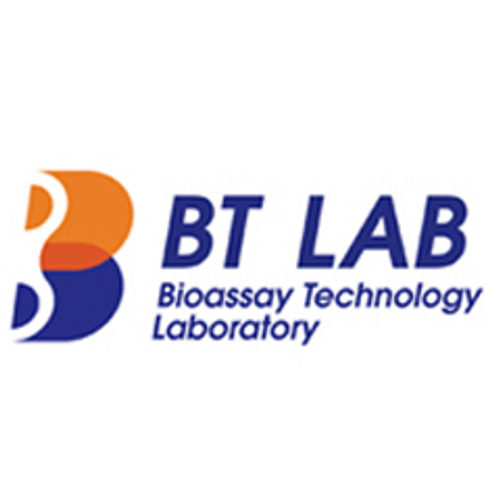Product Description
Pig Adiponectin receptor 2 (ADIPOR2) ELISA Kit | AE63279PI | Abebio
Species Reactivity: Pig (Sus scrofa; Porcine)
Abbreviation: ADIPOR2
Alternative Name: N/A
Application: ELISA
Range: Request Information
Sensitivity: Request Information
Intra-Assay: ≤4.3%
Inter-Assay: ≤8.2%
Recovery: 0, 87
Sample Type: Serum, Plasma, Other biological fluids
Detection Method: Sandwich
Analysis Method : Quantitive
Test Principale: This assay employs a two-site sandwich ELISA to quantitate ADIPOR2 in samples. An antibody specific for ADIPOR2 has been pre-coated onto a microplate. Standards and samples are pipetted into the wells and anyADIPOR2 present is bound by the immobilized antibody. After removing any unbound substances, a biotin-conjugated antibody specific for ADIPOR2 is added to the wells. After washing, Streptavidin conjugated Horseradish Peroxidase (HRP) is added to the wells. Following a wash to remove any unbound avidin-enzyme reagent, a substrate solution is added to the wells and color develops in proportion to the amount of ADIPOR2 bound in the initial step. The color development is stopped and the intensity of the color is measured.
Product Overview: ADIPOR1 and ADIPOR2 are highly related structurally, and mouse Adipor1 and Adipor2 share 66.7% identity. ADIPOR1 and ADIPOR2 are 7-transmembrane domain proteins, but they are structurally, topologically, and functionally distinct from G protein-coupled receptors. Epitope tag labeling showed that the N terminus is internal and the C terminus is external in the ADIPORs, a topology opposite that of GPCRs. ADIPOR1, ADIPOR2 are conserved from yeast to human, especially in the membrane-spanning regions. The authors noted that the yeast homolog has a principal role in metabolic pathways that regulate lipid metabolism, such as fatty acid oxidation. Northern blot analysis of mouse or human tissues detected a major 4.0kb ADIPOR2 transcript that was most abundantly expressed in liver.
Stability: The stability of ELISA kit is determined by the loss rate of activity. The loss rate of this kit is less than 5% within the expiration date under appropriate storage condition. The loss rate was determined by accelerated thermal degradation test. Keep the kit at 37°C for 4 and 7 days, and compare O.D.values of the kit kept at 37°C with that of at recommended temperature. (referring from China Biological Products Standard, which was calculated by the Arrhenius equation. For ELISA kit, 4 days storage at 37°C can be considered as 6 months at 2 - 8°C, which means 7 days at 37°C equaling 12 months at 2 - 8°C) .
 Euro
Euro
 USD
USD
 British Pound
British Pound
 NULL
NULL








